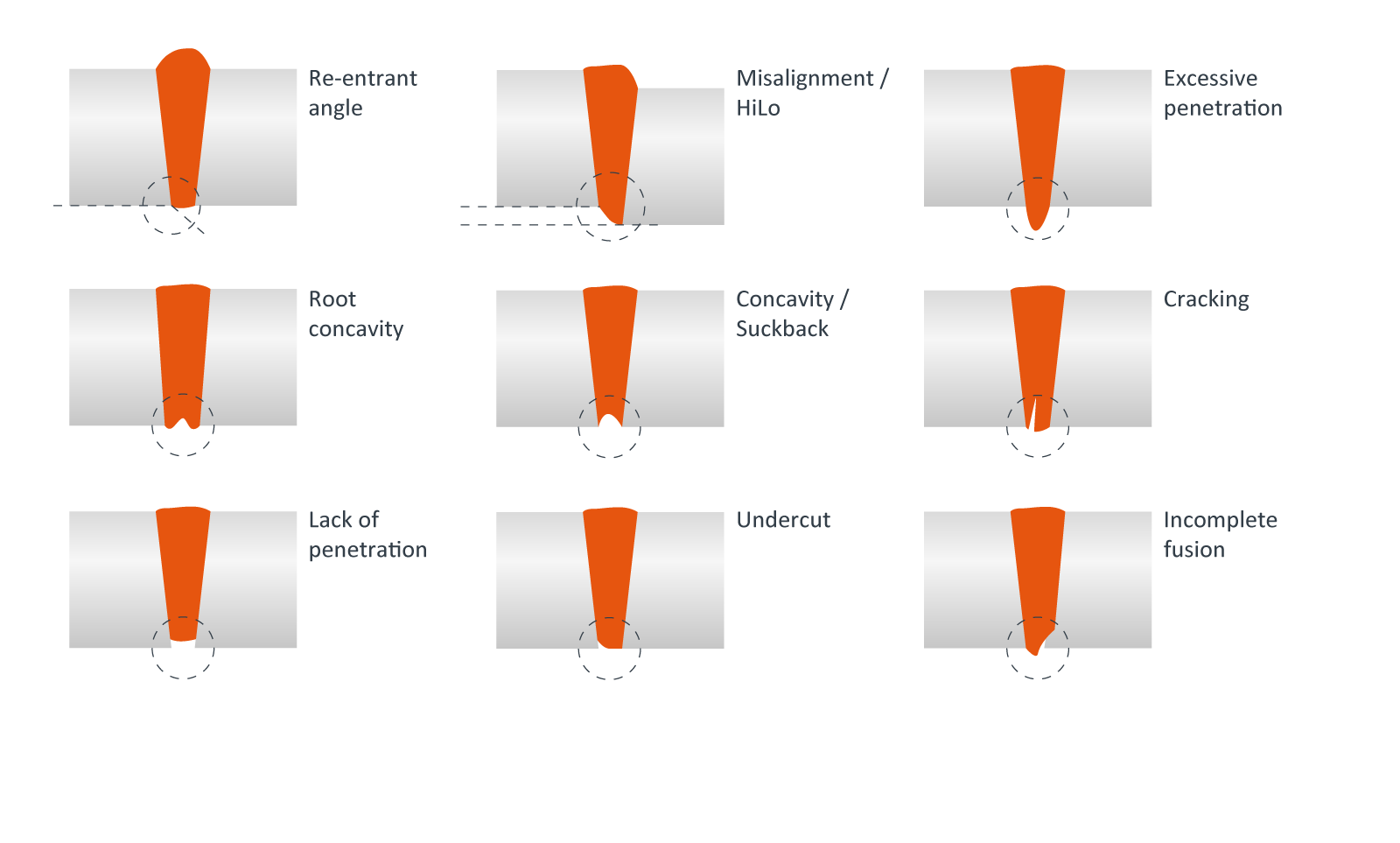A Comprehensive Overview to Identifying, Preventing, and Fixing Undercut Welding Troubles in Your Welding Projects
In the realm of welding, experiencing undercut problems is a typical difficulty that can endanger the architectural honesty and overall high quality of your welding projects. Recognizing the root causes behind undercut welding, being able to accurately detect it in your welds, and executing reliable preventative measures are essential skills for any kind of welder. Additionally, having the expertise and methods to rectify undercut issues when they do happen can make a substantial difference in the last end result of your welding undertakings. Remain tuned as we discover the vital parts of identifying, preventing, and taking care of undercut welding troubles, providing you with valuable understandings and strategies to elevate your welding skills to the following degree.
Common Reasons For Undercut Welding
Undercut welding, a common concern in welding processes, can be created by different factors that require to be thoroughly recognized and addressed to make certain the stability of the weld joint. One of the key reasons of undercut welding is too much warm input.
Another usual root cause of undercut welding is improper welding strategy. Insufficient manipulation of the welding lantern or gun, inaccurate angle or range between the lantern and the work surface, or irregular travel rate can all add to the formation of undercut. In addition, using the incorrect welding consumables or electrode dimension for a specific joint arrangement can lead to undercut issues. Recognizing these origin and implementing restorative actions is vital in protecting against and remedying undercut welding troubles in welding tasks.
Identifying Undercut in Welds

To identify undercut accurately, appropriate illumination and magnifying devices are vital to examine the weld joint completely. Utilizing devices such as a welding scale or a magnifying glass can assist in identifying also the tiniest undercut blemishes. In addition, running a finger or a finger nail along the weld joint can sometimes disclose undercut, as the surface area might really feel unequal or have a dip where the undercut exists.
Safety Nets for Undercut
Having a deep understanding of the causes of undercut in welds permits for the application of reliable precautionary measures to keep weld quality and honesty. These settings need to be enhanced to protect against extreme heat input, which can lead to undercut development.

Techniques for Fixing Undercut

To attend to undercut issues successfully, welders can use details techniques focused on correcting the flaw and restoring the honesty of the weld joint. One method is to adjust the welding criteria, such as the voltage, current, and take a trip speed, to guarantee appropriate heat input and combination. Raising the welding present or minimizing the travel rate can help fill up in the undercut. Furthermore, altering the welding method from a push to a drag or vice versa can also aid decrease undercut.
One more strategy is to use a weaving motion while welding to make certain correct sidewall combination and fill in the undercut. By oscillating the welding arc from side to side within the weld joint, the welder can transfer more filler product right into the undercut locations, efficiently getting rid of the problem.
Moreover, grinding out the undercut and rewelding the joint can be have a peek at this website a feasible option for much more extreme undercut concerns - Preventing weld undercut. This process entails removing the undercut area, preparing the base metal, and afterwards rewelding the joint with appropriate welding specifications and strategies to avoid undercut from persisting

Expert Tips for Avoiding Undercut
Using correct welding strategies and preserving control over vital welding parameters are vital techniques for welders aiming to stop undercut in their weld joints. Furthermore, choosing the suitable welding procedure and filler steel for the certain application can assist avoid undercut. Keeping a consistent traveling rate during the welding procedure is an additional important tip to stop undercut.
Conclusion
In verdict, determining, avoiding, and repairing undercut welding issues in your welding go to this site tasks is critical for making sure strong and resilient welds. Preventing weld undercut. By recognizing the typical root causes of undercut, being able to determine it in welds, executing safety nets, and making use of correct strategies for dealing with undercut, you can avoid possible problems and produce premium welds. Following professional ideas for staying clear of undercut can help you enhance your welding skills and generate far better cause your projects
Undercut welding, a common issue in welding processes, can be triggered by different aspects that need to be carefully recognized and addressed to make sure the integrity of the weld joint. Furthermore, running a finger or a finger nail along the weld joint can occasionally expose undercut, as the surface area may feel uneven or have a dip where the undercut exists.
Using proper welding methods and keeping control over essential welding parameters are important techniques for welders intending to protect against undercut in their weld joints.In verdict, identifying, stopping, and repairing undercut welding problems in your welding tasks is crucial for ensuring resilient and strong welds. By recognizing the usual reasons of undercut, being able to identify it in welds, carrying out preventive useful reference steps, and using correct methods for fixing undercut, you can prevent possible concerns and create high-quality welds.